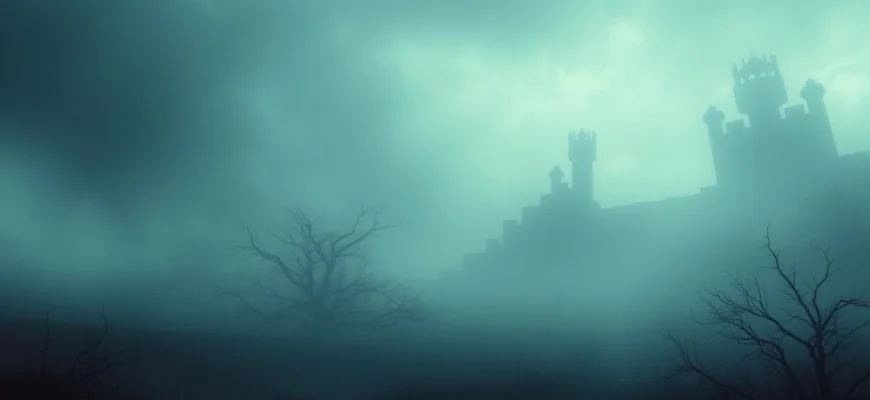If you were captivated by the haunting beauty and existential dread of 'Melancholia' (2011), you're not alone. Lars von Trier's masterpiece blends stunning visuals with deep psychological themes, leaving many viewers craving more films that evoke a similar emotional and atmospheric experience. This article explores 10 movies and shows that share the same melancholic tone, surreal imagery, and profound storytelling as 'Melancholia,' perfect for those who appreciate thought-provoking cinema.

Solaris (1972)
Description: Andrei Tarkovsky's 'Solaris' shares with 'Melancholia' a meditative pace and a focus on human psychology in the face of the unknown. Both films use science fiction elements as a backdrop to explore deep emotional and philosophical questions about love, loss, and human nature.
Fact: Tarkovsky considered 'Solaris' a response to Stanley Kubrick's '2001: A Space Odyssey', focusing more on human emotion than technology. The film's famous highway sequence was shot over several months to capture changing seasons. The director was unhappy with the final cut, feeling it was too long and contained unnecessary scenes.
 Watch Now
Watch Now 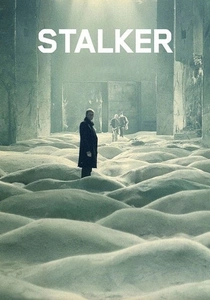
Stalker (1979)
Description: Like 'Melancholia', 'Stalker' is a slow-paced, philosophical film that deals with themes of existential crisis and the search for meaning. Both films create a haunting atmosphere and use their settings (a mysterious Zone in 'Stalker', a looming planet in 'Melancholia') as metaphors for internal psychological states.
Fact: The film was shot twice because the original footage was ruined during development due to a laboratory error with the film stock. Several crew members, including Tarkovsky himself, allegedly died from cancers possibly caused by toxic chemical exposure during filming near a polluted river. The film's sparse dialogue and long takes were highly unconventional for its time.
 Watch Now
Watch Now 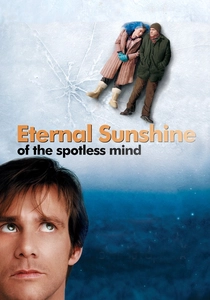
Eternal Sunshine of the Spotless Mind (2004)
Description: Like 'Melancholia', this film explores deep emotional and psychological themes, particularly focusing on human relationships, existential dread, and the fragility of memory. Both films use surreal and dreamlike visuals to convey their narratives, blending reality with the characters' inner turmoil.
Fact: The film was inspired by a conversation between director Michel Gondry and a neuroscientist about the possibility of selectively erasing memories. Jim Carrey, known for his comedic roles, was cast against type for the lead role, showcasing his dramatic acting skills. The film won the Academy Award for Best Original Screenplay.
 Watch Now
Watch Now 
Synecdoche, New York (2008)
Description: Charlie Kaufman's film shares with 'Melancholia' a preoccupation with mortality, mental health, and the struggle to find meaning in life. Both films use surreal, meta-fictional elements to explore these themes, creating complex psychological portraits of their protagonists.
Fact: This was Kaufman's directorial debut after writing acclaimed screenplays like 'Being John Malkovich' and 'Eternal Sunshine'. The film's title is a play on Schenectady, New York and the literary term 'synecdoche'. Philip Seymour Hoffman's character ages decades over the course of the film without explicit explanation.
 Watch Now
Watch Now 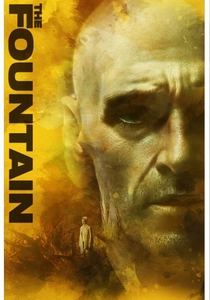
The Fountain (2006)
Description: This film shares with 'Melancholia' a preoccupation with existential themes, the inevitability of death, and the human struggle to find meaning in the face of cosmic insignificance. Both films employ a non-linear narrative and striking visual symbolism to explore these ideas.
Fact: The film was originally planned as a big-budget production starring Brad Pitt and Cate Blanchett, but was scaled down due to budget constraints. Director Darren Aronofsky used microphotography of chemical reactions to create some of the film's cosmic visuals. The film's score, composed by Clint Mansell, is performed by the Kronos Quartet and Mogwai.
 Watch Now
Watch Now 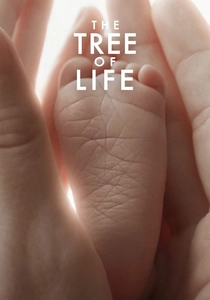
The Tree of Life (2011)
Description: Like 'Melancholia', Terrence Malick's film explores cosmic themes and human existence through a mix of intimate family drama and grand visual spectacle. Both films juxtapose personal emotional journeys with vast cosmic imagery, creating a sense of both insignificance and profound connection.
Fact: The film's creation of the universe sequence was supervised by special effects guru Douglas Trumbull, who worked on '2001: A Space Odyssey'. Brad Pitt's character was partly based on Malick's own father. The film won the Palme d'Or at Cannes, despite some audience members booing during its premiere.
 Watch Now
Watch Now 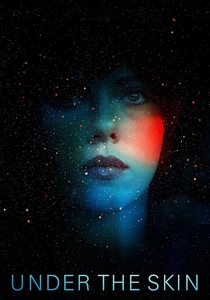
Under the Skin (2013)
Description: This film shares with 'Melancholia' a sense of existential alienation and a focus on female subjectivity. Both films use striking, often unsettling visuals to create a dreamlike atmosphere that blurs the line between reality and psychological experience.
Fact: Many of the scenes featuring men approaching Scarlett Johansson's character were unscripted, with real people unaware they were being filmed. The film's haunting score was created by Mica Levi using unconventional instruments and techniques. The beach scene was filmed in one continuous take with hidden cameras to capture natural reactions.
 Watch Now
Watch Now 
Her (2013)
Description: Like 'Melancholia', Spike Jonze's film explores themes of loneliness, human connection, and the search for meaning in an increasingly alienating world. Both films use their unconventional premises to examine deep emotional truths about human relationships.
Fact: Joaquin Phoenix's character was originally written for a female lead, with Samantha Morton initially voicing the AI before being replaced by Scarlett Johansson. The film's futuristic yet minimalist production design was inspired by present-day Shanghai. It won the Academy Award for Best Original Screenplay.
 Watch Now
Watch Now 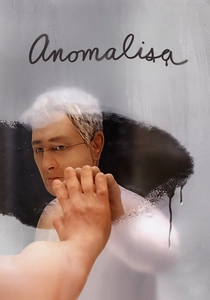
Anomalisa (2015)
Description: This stop-motion film shares with 'Melancholia' a profound exploration of depression, alienation, and the difficulty of human connection. Both films use their unique visual styles (one with striking cosmic imagery, the other with deliberately artificial animation) to reflect their protagonists' psychological states.
Fact: The film began as a 'sound play' by Charlie Kaufman before being adapted to animation. All characters except the two leads are voiced by Tom Noonan to emphasize the protagonist's perception of others. The puppets were 3D printed with replaceable faces to allow for subtle expressions.
 Watch Now
Watch Now 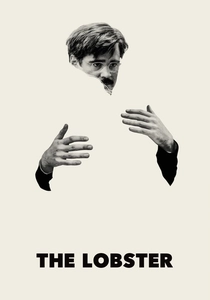
The Lobster (2015)
Description: Yorgos Lanthimos' film shares with 'Melancholia' a darkly comic yet deeply unsettling tone, exploring themes of social alienation and the absurdity of human relationships. Both films use heightened reality to critique societal norms and human behavior.
Fact: The film's unique concept came from Lanthimos and co-writer Efthymis Filippou wondering what would happen if people had to find partners within 45 days or be turned into animals. Colin Farrell gained 40 pounds for his role. The film was shot in Ireland but set in an unspecified location to enhance its surreal quality.
 Watch Now
Watch Now 
